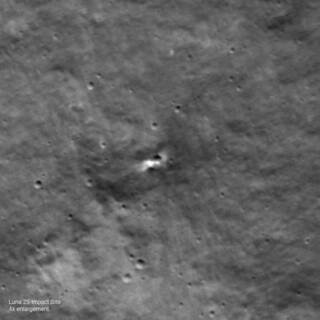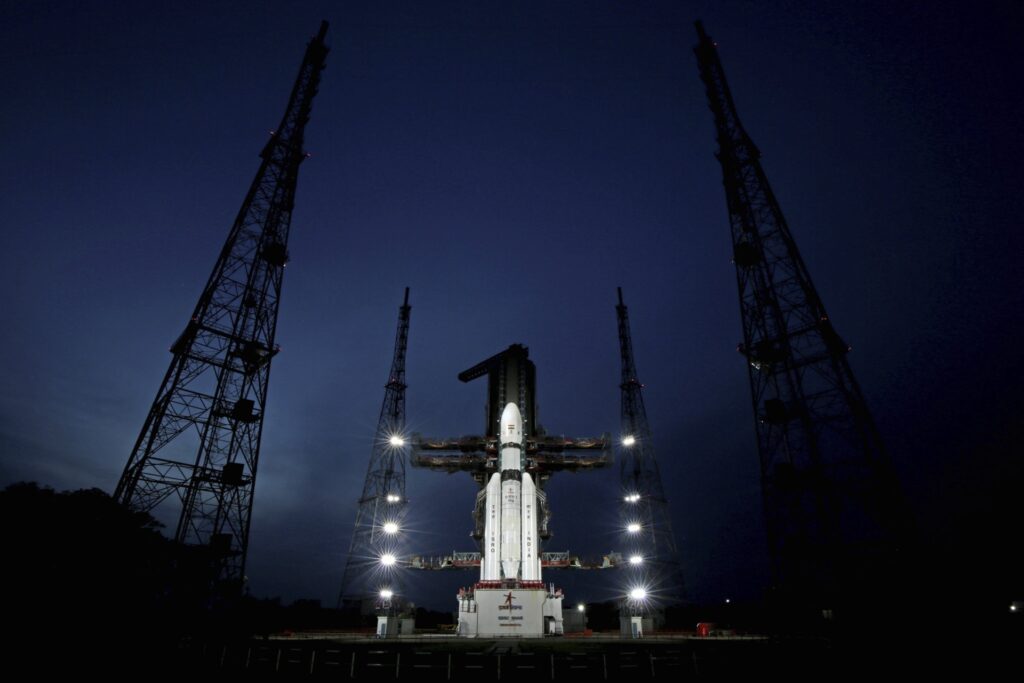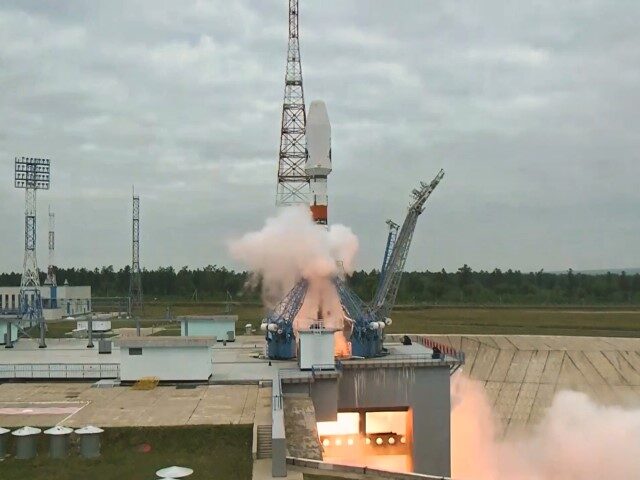A moon crater the size of a three-story building is believed to have been caused by the failed landing of Russia’s Luna-25.
The crater, which measures 33 feet in diameter, is 250 miles short of where Luna-25 intended to land, according to NASA.

During the descent to the surface, the Russian spacecraft Luna 25 experienced an anomaly that caused it to impact into the southwest rim of Pontécoulant G crater on Aug. 19, 2023, at 7:58 a.m. EDT (11:58 a.m. UTC). This image is 1,100 meters wide, and lunar north is up. (Credits: NASA’s Goddard Space Flight Center/Arizona State University)
“During its descent” on August 19, “Luna 25 experienced an anomaly that caused it to impact the surface of the Moon,” NASA said in the statement. The spacecraft lost communications during its descent.
It was Russia’s first mission on the moon in 50 years, Business Insider reported. If it had succeeded, it would have been the first spacecraft in history to land on and explore the moon’s south pole region.
A week after Russia’s failed mission, India became the first country to successfully land near the lunar south pole region. The lander brought with it a dog-sized robotic moon-rover called Pragyaan, which is the Sanskrit word for wisdom. This was the country’s second attempt to land a craft near the lunar south pole.

In this photo released by the Indian Space Research Organisation (ISRO), Indian spacecraft Chandrayaan-3, the word for “moon craft” in Sanskrit, stands in preparation for its launch in Sriharikota, India. (Indian Space Research Organisation via AP)
The moon rover has found a “host of chemicals” in lunar soil, according to a laser detector aboard the Pragyaan, BBC News reported:
The instrument “unambiguously confirms” the presence of sulphur, it said, adding that preliminary analysis also “unveiled the presence of aluminium, calcium, iron, chromium, titanium, manganese, silicon and oxygen.”
“A thorough investigation regarding the presence of hydrogen is underway,” it added.
The moon rover’s discovery could be crucial in the quest to mine moon water ice, which could be converted into rocket fuel, Space.com reported.
Pragyaan travels at a speed of 1 cm. per second; after two days it had covered a distance of 26 feet. It has been able to successfully navigate its way and avoid deep craters.
Robert Braun, head of space exploration at Johns Hopkins Applied Physics Laboratory, said India’s successful landing “definitely puts them on the international stage as an emerging space power,” Business Insider reported.

COMMENTS
Please let us know if you're having issues with commenting.